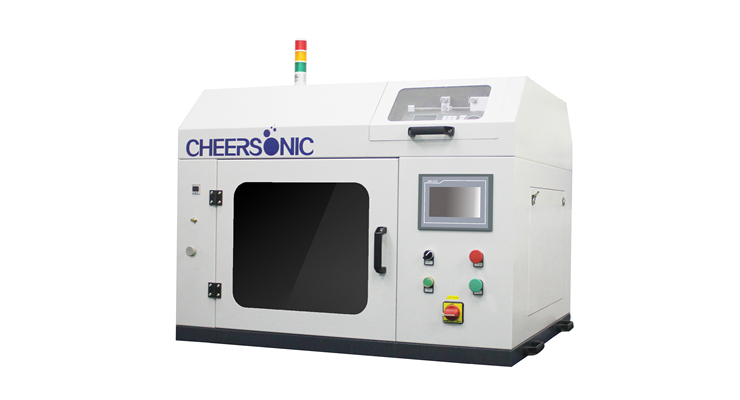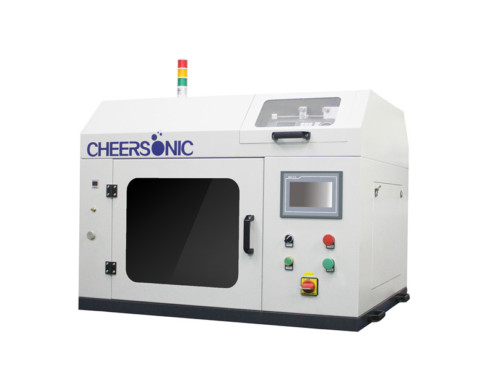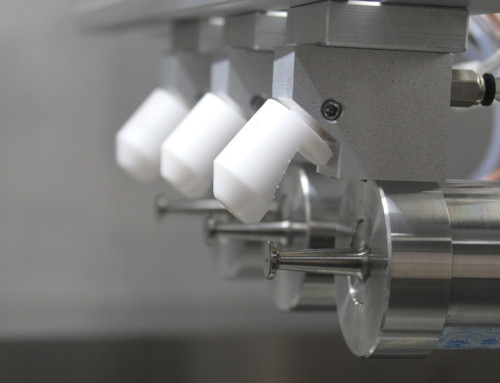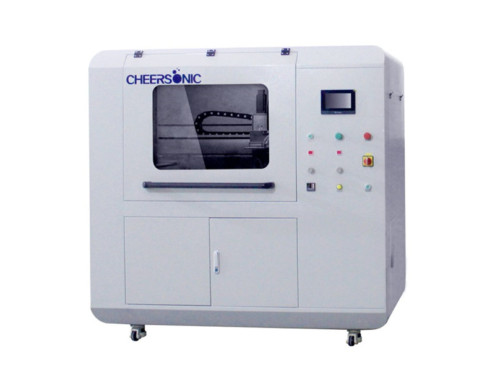Project Description
Spray Carbon Tube Material
Carbon nanotubes are typical one-dimensional nanomaterials. Since they were discovered in 1991, carbon nanotubes have made them due to their excellent mechanical properties, electrical properties, extremely high thermal conductivity, good thermal stability and chemical stability. It has broad application prospects in many fields such as nanostructures and functional composite materials, field effect transistors, transparent electrodes, lithium-ion batteries, and supercapacitors, and has attracted widespread attention. It has specific physical and chemical properties. It is a seamless tube formed by curling graphite sheets. Under the action of van der Waals force, it can form two different crystal structures: single-walled carbon nanotubes and multi-walled carbon nanotubes. Studies have shown that only by assembling carbon nanotubes into macroscopic materials, such as thin films, can the superior properties of carbon nanotubes be fully utilized and their potential applications can be realized. Therefore, how to continuously prepare carbon nanotube films and maintain the excellent performance of a single carbon nanotube has become a science. The common dream of people in the world and industry.
Preparation
Carbon nanotubes can be directly grown on various substrates by arc method, chemical vapor deposition method and laser ablation method. In practical applications, carbon nanotubes need to be deposited on ITO glass and flexible transparent films at low temperatures to achieve large-area preparation. This requirement can be achieved by depositing carbon nanotubes on the substrate by the solution method to achieve field electron emission cold cathodes can also be prepared by the solution method. However, the adhesion between the carbon nanotubes and the substrate is poor, which becomes a key issue that hinders the preparation of uniform carbon nanotube films by the solution method.
In order to overcome this defect, before depositing carbon nanotubes, a buffer layer needs to be covered on the substrate to improve the adhesion between the carbon nanotubes and the substrate. At present, there are many methods for preparing carbon nanotube films, mainly including: chemical vapor deposition, electrophoretic deposition, arc discharge, casting, layer-layer adsorption self-assembly method, electrochemical deposition method, self-assembly film forming method, dipping Coating method, modified surface adsorption method, filter transfer method and LB technology and other methods. However, these methods require high temperature effects, surfactants, and catalysts in the preparation process, the equipment is expensive, and the preparation process is more complicated.

Today, I will introduce a method of ultrasonic spraying, which can prepare transparent conductive carbon nanotube films under the conditions of optimized process parameters. The cost is low and the preparation process is simple. It is used in field emission devices, transparent conductive films, electromagnetic shielding materials, etc. The application provides an effective theoretical basis.
Recommended Machine
UAL100 ultrasonic dispersion liquid supply system
UAM3000 Ultrasonic Bracket Spraying Machine
UAM4000 small desktop ultrasonic spraying machine
UAM4000L Ultrasonic Precision Spraying Machine
UAM6000 Ultrasonic Large Spraying Machine
UAM7000 Ultrasonic Balloon Guide Wire Spraying Machine
UAM8000 ultrasonic assembly line spraying machine




